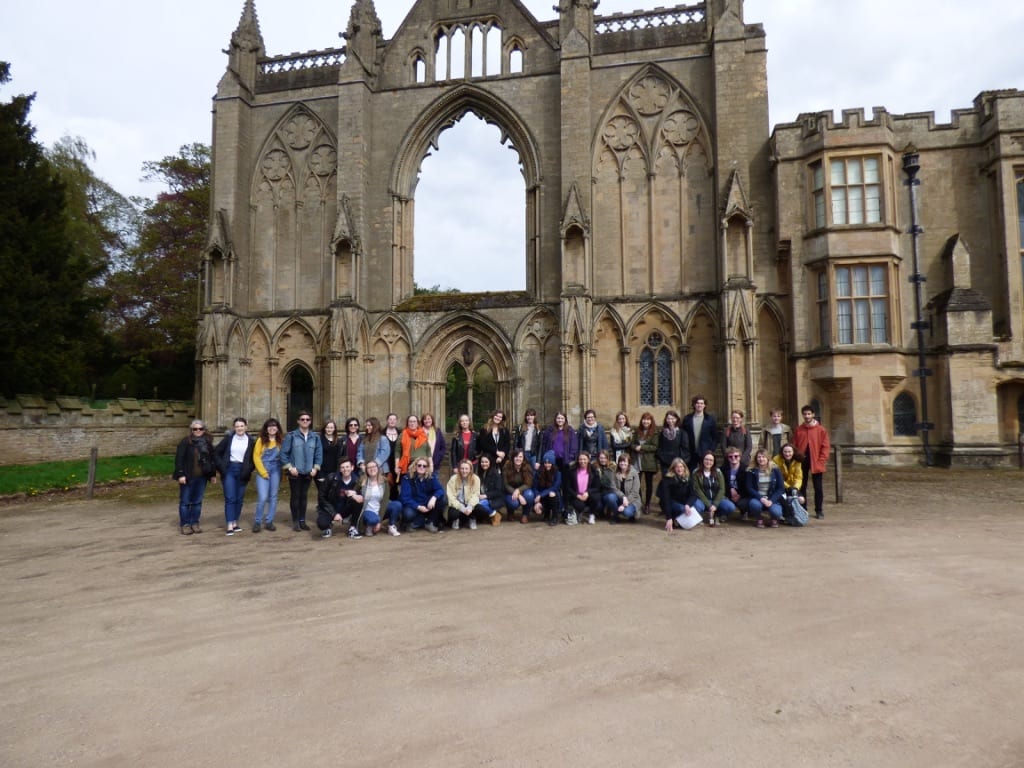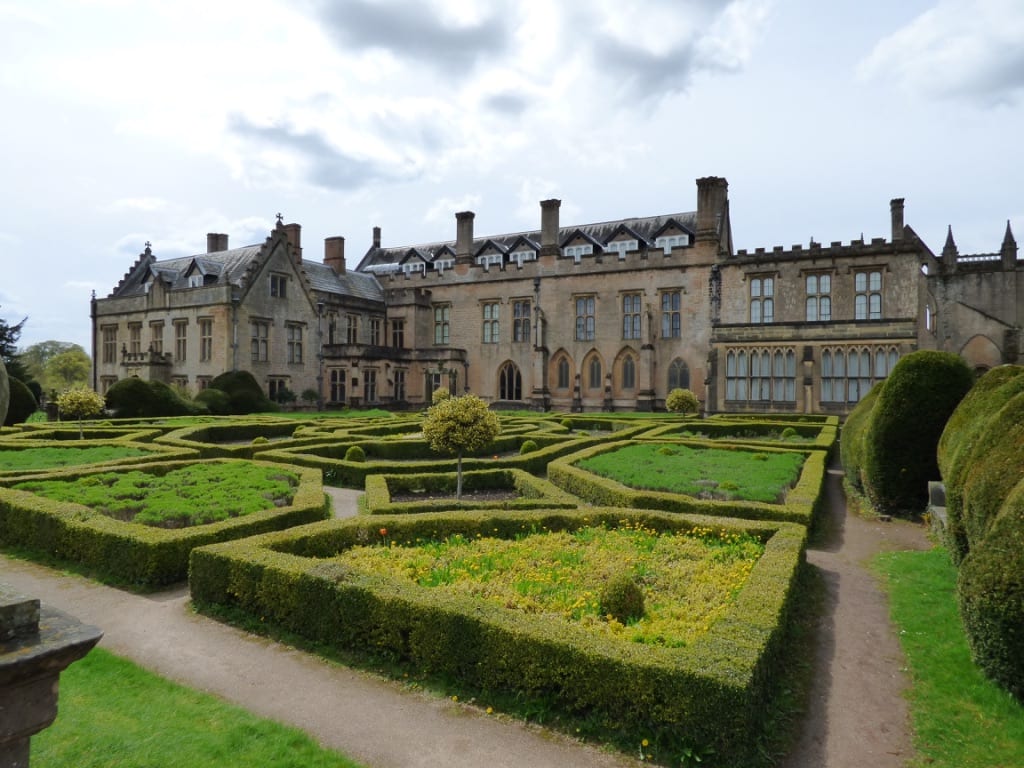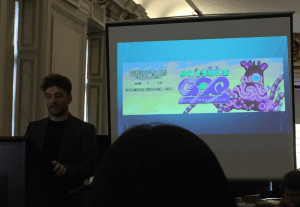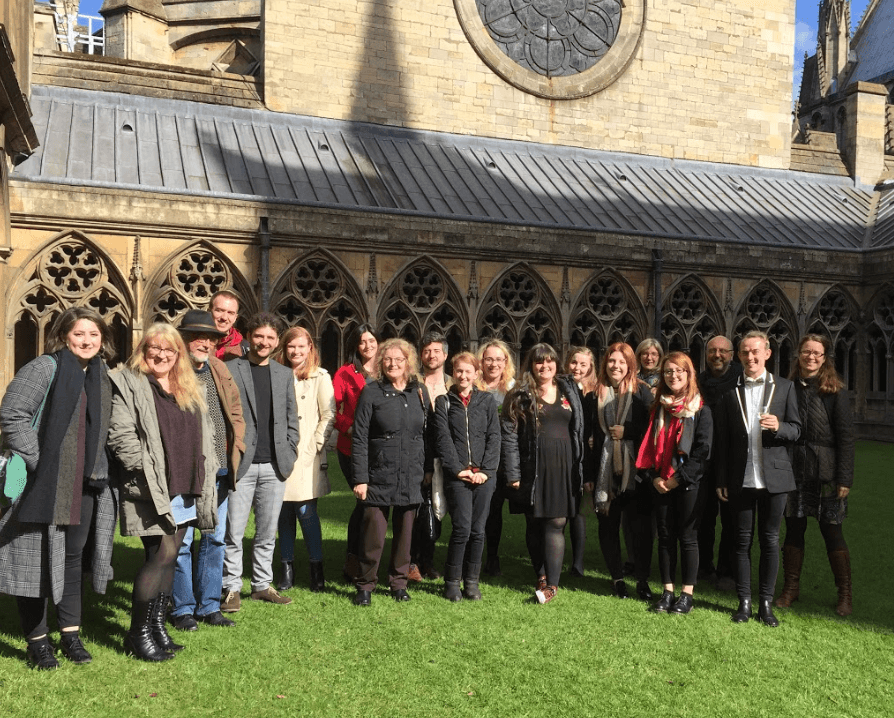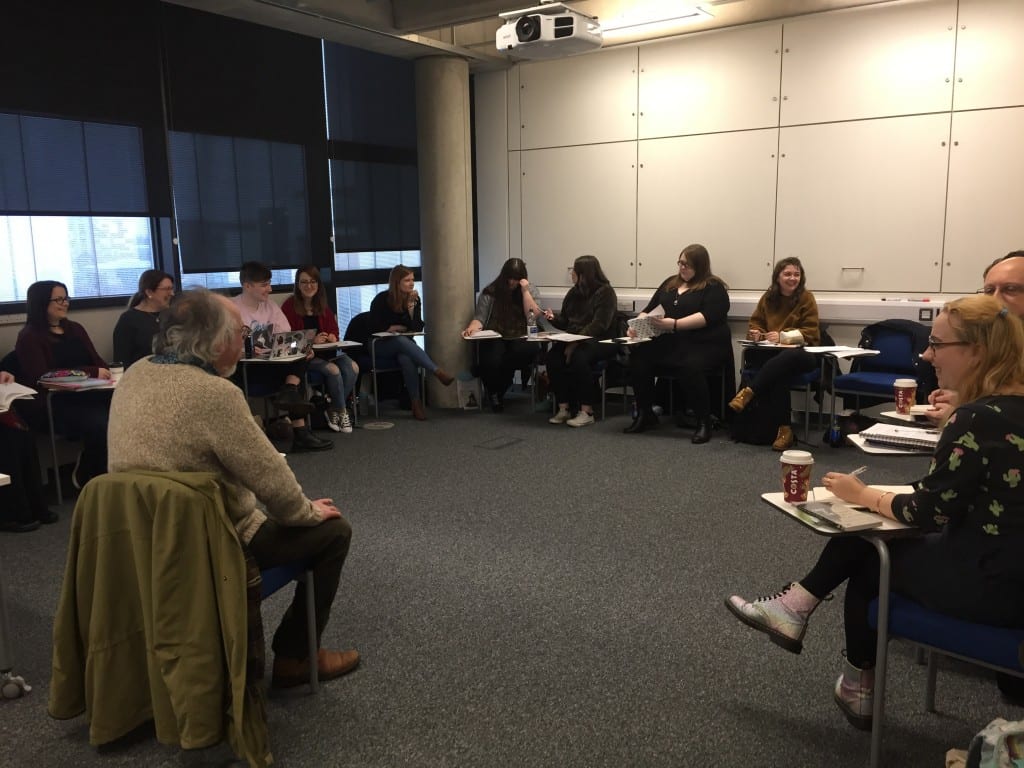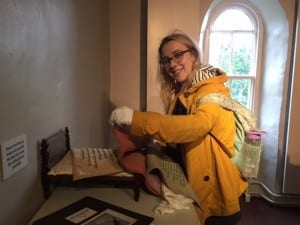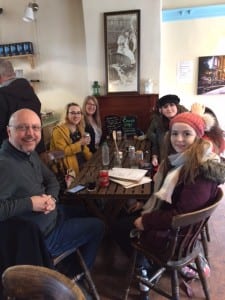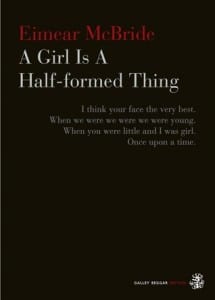Book Review: The Zone of Interest by Martin Amis
Katie Mulhern: 21st Century Literature
Readers of Martin Amis’s novel The Zone of Interest are provoked to question their understandings of morality, perspective and the relationship society has with history. A history novel that Amis locates at the centre of Auschwitz, The Zone of Interest is set in Kat Zet, and is told through the eyes of three intradiegetic narrators, Paul Doll, Angelus Thomsen and Szmul. Amis signals his intentions in writing this novel in the epilogue, he states that although “we know a great deal about the how […] but we seem to know almost nothing about the why.” (Martin Amis, ‘Acknowledgements and Epilogue: ‘That Which Happened’, The Zone of Interest, 2014). It seems, in the twenty-first century, with all its political and social instability there is a renewed urgency to explore the ideological causes and repercussions of the Holocaust in contemporary society. However, because of the tragic nature of the Holocaust There is a legitimate skepticism surrounding Amis’s work of fiction. The Holocaust has become an industry, a commodity that has the ability to sell books, films and holidays in the contemporary world. Tim Cole describes in his book Selling the Holocaust the tourism industry surrounding Auschwitz, suggesting that ‘Auschwitz’ is to the ‘Holocaust’ what ‘Graceland’ is to ‘Elvis’. A cynic might suggest that Amis’s literary visit to Auschwitz capitalises on the existing interest. Readers of Holocaust fiction, then, mirror the tourists visiting Auschwitz. They become tourists of “guilt and righteousness: guilt at an almost pornographic sense of expectancy of the voyeurism ahead. And yet guilt tempered by a sense of righteousness at choosing to come to this place”.

The Zone of Interest is Amis’ 14th novel, published in 2014.
However, I believe that the power of Amis’s novel emerged from his satire of the Nazis. For example, at the forefront of Amis’s narrative is satire predicated on the un-exceptionalism of the Nazis. Paul Doll is presented as a bumbling and erratic character, who struggles to keep control of the regime at Kat Zet. Amis demonstrates how there is nothing exceptional about his character, by emphasising his inability to lead effectively: “There was another cock-up – ferrying the bodies away before their mates got back from work. We covered the carts but we couldn’t do anything about the blood of course. Wasn’t time. The men saw. It was tense. […] Mobius thinks we may have to do another batch. Repeat the whole palaver” (Martin Amis, The Zone of Interest, 2014 p.122). Amis satirises the Nazis by juxtaposing the banality of bureaucracy with mass murder. This stark contrast is a clear moral judgement. The description mimics the comedic failings of a slap-stick comedy duo because the language Amis employs, such as “cock-up” and “palaver” is shockingly casual and banal in recounting the systematic killing of prisoners. This representation also demonstrates how there is nothing impressive about Doll. This portrayal not only reflects the reality of Höss, the Commandment of Auschwitz from 1940 onwards, as a historical figure, but emphasises the connections between the past and present. Doll’s pathetic and bumbling behaviour doesn’t reinforce the readers’ expectation of the ‘monster’ that ran Auschwitz. Amis’s depiction denies the reader the comfort of vilifying a particular individual. He refuses any form of catharsis by identifying a single villain that can be expelled from humanity. Instead, Amis gestures towards a form of masculinity and behaviour that has, and continues to exist. Doll represents an average middle-aged white man who is capable of such evil. Amis’s portrayal of Doll is unexceptional because the Nazi’s were unexceptional, and that is what makes them relevant and dangerous in the twenty-first century. Thus, Amis’s satire is effective because it “is not only an attack; it is an attack upon discernible, historically authentic particulars” (Frederic V. Bogel, The Difference Satire Makes, 2001). The targets of Amis’s mocking are not fictional, they are recognisable and “plainly existent in the world of reality” (Bogel). In turn, the reader is able to recognise that the characteristics of Doll and the Nazis in the Third Reich are not confined to Auschwitz. The satire, therefore, becomes a moral judgement as well as a cautionary tool for the reader to stay vigilant. Amis’s satire “ultimately makes a case for universality” (Ruth Franklin, A Thousand Darknesses: Lies and Truth in Holocaust Fiction, 2011). His novel bridges the gap between the present and the past in order to emphasise “the fundamental sameness of the human condition”(Franklin).Amis’s satire makes connections to the past, showing that ultimately humanity is always capable of such atrocities, and to stop it from happening we need to understand why, and therefore the Nazi perspective is unavoidable. By attributing the holocaust to inherent aspects within the human condition, Amis disturbs the reader into this realisation, forcing them to recognise that in order to prevent a repetition of the Holocaust, a more complex understanding of the perpetrators is needed. Moral outrage is easy, but having an understanding of humanity’s capacity for genocide is essential.
Amis also features Szmul, thus grounding his narrative with an evocation of the Jewish voice. Szmul’s narrative juxtaposes Doll’s chapters, undermining his authority and perspective by directly contradicting his experience. His articulation of life in the Kat Zet is heart breaking. Szmul also figures in the novel as an explanation for Amis’s untraditional narrative perspective. For instance, although some critics are unconvinced by Amis’s use of humour, it can be argued this unconventional approach to such a horrific atrocity is consistent with the widely held sentiment that the Holocaust “outstrips imagination” (Richard L. Rubenstein and John K. Roth, Approaches to Auschwitz: The Legacy of the Holocaust, 1987). Writers have consistently struggled to “be creative when […] reality has already given birth to persons, places, and events that defy imagining” (Rubenstein, Roth,). However, it is also widely acknowledged that although “it is impossible to write adequately about the holocaust; [the] task must be attempted” (Rubenstein, Roth). The limitations of language are most evident when trying to portray the horror of the Holocaust. This paradox is described by Szmul when he tries to articulate his experience, “I am choking. I am drowning. This pencil and these scraps of paper aren’t enough. I need colours, sounds – oils and orchestras. I need something more than words” (Amis, p.238). His inability to communicate his suffering echoes Theodor Adorno when he famously stated, “to write a poem after Auschwitz is barbaric, and that corrodes also the knowledge which expresses why it has become impossible to write poetry today” (Theodor Adorno, Prisms, trans. by Samuel and Shierry,1981). Moreover, Amis reinforces his difficulty in articulating and understanding the Holocaust conventionally, “The facts, set down in a historiography of ten thousand volumes, are not in the slightest doubt; but they remain in some sense unbelievable, or beyond belief, and cannot quite be assimilated. Very cautiously I submit that part of the exceptionalism of the Third Reich lies in its unyieldingness, the electric severity with which it repels our contact and our grip” (Amis, ‘Acknowledgements and Epilogue, p.309). The power of Amis’s novel comes through, therefore, in his unconventional perspective. Amis does not explicitly outline his moral judgement of the Nazi’s and their actions because they are fundamentally present throughout the text; they are enclosed in the form, the innovation, the humour and the fleeting glimpses of horror. When asked by Francesca Riviere for The Paris Review if “the writer’s voice is in his style?” he responded “It’s all he’s got. […] It’s a tone, it’s a way of looking at things. It’s a rhythm”. Thus, his satire of the Third Reich is potent with what is negated by Amis, this “allows us to see the outline of that which is beyond words. The silence, as so often, is heard in the gaps between the laughter, in the realization that we’ve been laughing at all” (Alex Clark, ‘The Zone of Interest Review – Martin Amis Returns with Holocaust Comedy’, The Guardian, (2014). Amis’s innovation attempts to transcend the fracture between language and understanding whilst still grounding the narrative within the reader’s knowledge of the events.
Overall, I believe the power of Amis’s novel can be found through his attributing the Holocaust to certain aspects of the human condition. Though there are flaws to his novel, and issues with consistency of style I suggest that The Zone of Interest resists easy moral outrage, instead provoking the reader to see the visible connections between the past and present. Despite Amis’s sometimes inconsistent style, he ultimately suggests that a more complex understanding of history, and the individuals that perpetrate atrocities, is necessary in order to prevent similar horrific acts happening again
—————————————————-
Katie is currently studying MA 21st Century Literature. Have you also read this novel? Let us know what you thought of it in the comments or on our social media platforms.
The Zone of Interest from most major retailers.
